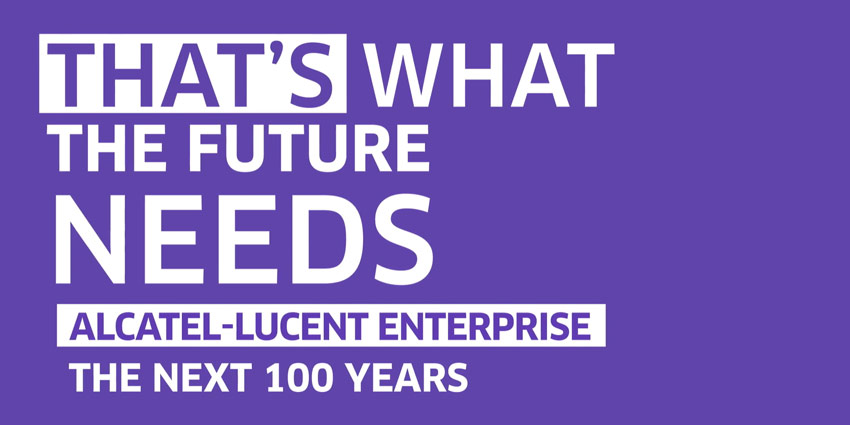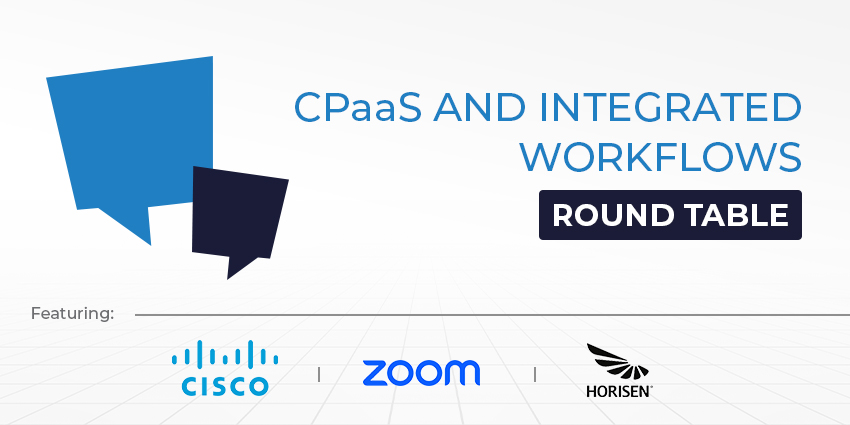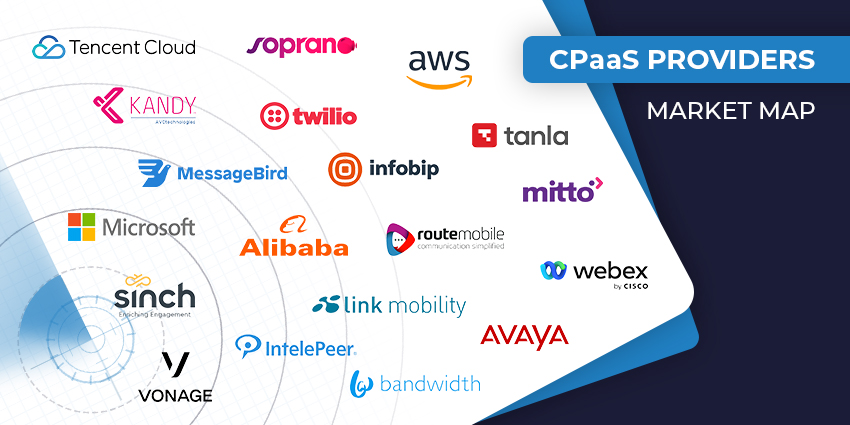It’s no secret that the 2020 pandemic changed the way we do everything in the current world. Everything from the way we connect with loved ones, to how we operate at work is flipped as a result of quarantines and isolation. On the one hand, this transformation has been extremely disruptive, and difficult for many. On the other hand, it means that we’re evolving at a faster pace than ever.
One area that’s seeing the impact of this accelerated transformation lately is the transportation industry. ALE, a market leader in communication, cloud, and network solutions, is working hard with transportation operators to open the door to breakthrough innovations. Hundreds of transport customers in air, rail, ports, and logistics around the world now rely on Alcatel-Lucent Enterprise.
I caught up with Roch Muraine, Worldwide Sales Director for ALE’s transportation segment, to find out more about the era of smart transportation.
What is ALE’s vision for transport?

Muraine told me that all of the companies in the transportation sector are now under increasing pressure to embrace digital transformation, moving from connected transport to “Smart Transport 4.0“. ALE’s vision for smart transport suggests that today’s organisations need to focus more heavily on improving passenger experience, increasing people safety, and boosting security.
At the same time, transport operators need to remain as efficient as possible, with strong automation opportunities and real-time data exchange. “Transportation groups are all looking at technologies that can help them to connect robust transportation subsystems with innovative and cyber-secure solutions for long-term transformation.”
ALE focuses on multiple segments within the transportation landscape, including rail, air, sea and road transport. All of these groups fall into the same category for businesses that need to expand their reach and capacities, while simultaneously reducing security and safety risks.
“The transportation sector has been looking for ways to evolve for a while now. The government subsidises transport a lot because it’s crucial for life, and the impact of the transport sector on the world is huge. The transportation industry contributes more than 5% of GDP. However, transport has a massive impact on carbon footprint too with more than 25%”
ALE is helping transportation groups to move to the next level of digital transformation with a focus on communication, and cloud connectivity. It’s not just linking various transportation systems and computers but making sure everything can communicate properly too.
What is Smart Transport 4.0?
Through Alcatel Lucent Enterprise’s approach to innovation, the company is able to deliver exceptional opportunities to the transport industry for digital transformation. According to Muraine, this is a strategy that they refer to as “Smart Transport 4.0”. It transforms the passenger experience, increases the safety of people in travel, and boosts efficiency too.
With technology to connect all the subsystems of travel, users can deploy smart mobility services for passengers and employees, all covered by a reliable and long-term service coverage. “We have a truly unique value proposition that solves the problem of making people, process, IoT and applications to collaborate efficiently.”
Roch Muraine told me that Smart Transport 4.0 opportunities are opening the door to endless new opportunities for growth. For instance, customers like RATP have created an automatic metro line using CBTC signalling using ALE ruggedised outdoor switch with absolutely no blind spots.
How is ALE Enriching MaaS Opportunities?
Roch Muraine noted that multimedia communication to Mobility as a Service (MaaS) operators is having a huge impact on the transportation landscape too. ALE’s hybrid cloud innovative business model enriches services for car-sharing through things like geo-location and contextual applications.
These tools can interact in real-time through SDKs and APIs for smartphones. These automation abilities are helping customers like Aena to manage multiple Spanish airports and react instantly to any network incident, maintaining a high level of WiFi and services LAN for passengers and employees.
“It’s a time of digitisation for transportation services. Everything needs to be connected and ready for better communication.” Roch noted that a lot of transportation operators are still using old-fashioned communication tools. However, following the pandemic, it’s been complicated for them to remain on those old and expensive hardware models.
“Companies have had to start moving their operations into the cloud to deal with a ticketless, cashless, and contactless reality. The cloud has opened the door to new flexibility for transportation teams, and groups are even investing in WebRTC solutions for communication, allowing even faster evolution. All that, and transportation groups have access to a more flexible business model, where they pay for only what they use and nothing else.”
How Is Transportation Benefiting from the New Landscape?
Muraine told me that the transportation sector is finally tapping into the benefits of a more flexible and scalable landscape for customer service, and operations. It’s also unlocking new levels of security, with access to new tools and applications that can secure passengers and make their lives a lot safer, without compromising on personalised experiences.
For instance, with CPaaS from Rainbow, transportation operators can communicate with customers inside of a transport application, where they have access to more contextual information about that client. This stops the client from having to switch to another app and makes it easier to provide a more relevant response to queries.
“Before COVID, the industry was moving at a much slower pace. It was still difficult for transportation groups to see a future in the cloud, because they saw it as less secure than their existing solutions. Now, there’s no question as to whether these groups should move into the cloud or not – they have simply no choice but to evolve.”
In every industry, groups are beginning to see that the cloud is potentially the best way to innovate, and support customers in new environments. Fortunately, companies like ALE are getting ahead of the curve to deliver the Smart Transportation experience that customers crave.







